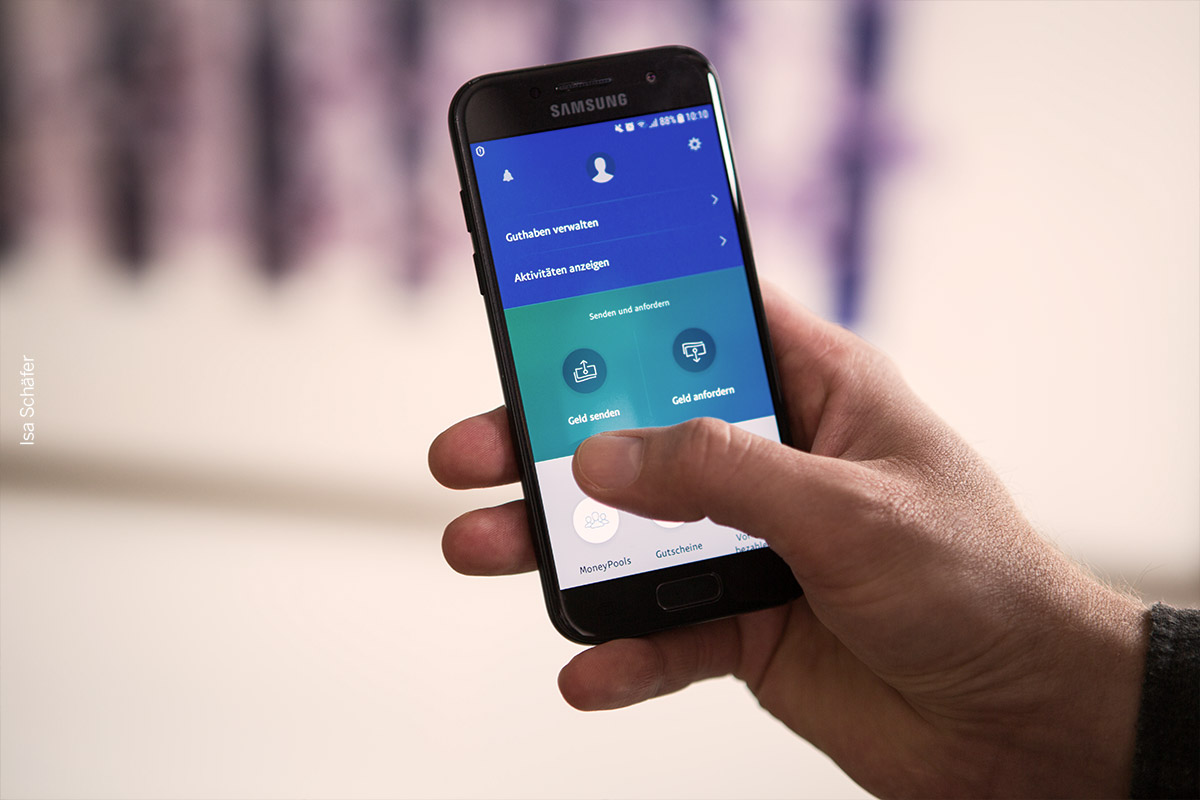Real innovations, meaning products that offer a new, previously unknown way of solving problems and are new to the market, very rarely succeed. Companies of all kinds have a very difficult time of it, and only a few manage to confirm their initial success in the long term.
One of the most remarkable technical innovations in the consumer goods segment is the iPhone, introduced by Apple in 2007. Contrary to the predictions of some competitors¹, with this product Steve Jobs revolutionised the smartphone product category, sacrificing the company’s cash cow, the iPod, on the altar of creative destruction and cementing his reputation as one of the most innovative CEOs.
However, the massive success of Jobs’ second term as head of Apple was preceded by a period of personal failure. Especially the Apple Lisa and the NeXTcube were absolute flops on the market and sold extremely poorly despite lavish features and new operating concepts.
Looking at the success rate of newly launched products, it becomes apparent that Lisa and NeXTcube are in good company. According to statistics, 76 percent of all product launches fail within a year², and things do not look much better among start-ups, a segment which is considered particularly innovative. More than 80 percent of all start-ups fail within three years³. What is behind this disappointing rate and what are the processes that lead to such unsatisfactory results?
Classic innovation processes
In the majority of all cases, companies rely on an idea-driven approach. Incentives for employees to generate ideas or the planned implementation of personal projects come to mind as examples of this. These incentives often only reward the output and not the outcome, meaning the actual result of a measure.
Let’s take a look at the steps of a classic innovation process:
- Ideation: making sure a large number of ideas are generated
- Scope: the winning idea is determined from the competing ideas using a defined process
- Business model: Working out a business model that fits the idea
- Development: a product is developed from the idea
- Testing & validation: the product is tested and brought to market readiness
- Launch: the product is launched on the market
 Caption: (Source: http://anthonyulwick.com/2016/10/27/why-ideas-dont-solve-problems/)
Caption: (Source: http://anthonyulwick.com/2016/10/27/why-ideas-dont-solve-problems/)
An estimated 68 percent of all companies develop their products and services according to such a model⁴ (stage-gate model) and rely on a large number of ideas (brainstorming) and iterative sorting (fail fast) in the ideation phase to end up with a winning idea that has an impact on the market.
What is the problem with this model?
- The ideation phase is not based on genuine customer needs.
- The chance of coincidentally addressing the most important customer needs with an idea selected in the process described above is very slim.
A different approach is needed to increase the chance of true innovation.
Looking through the jobs to be done glasses gives you a change in perspective
Jobs to be done can essentially be traced back to Theodor Levitt and Peter Drucker⁵. Especially Levitt’s quote “People don’t want to buy a quarter-inch drill, they want a quarter-inch hole” works as a simple explanation for the fact that products are always just a means to an end for customers. Harvard professor Clayton Christensen transferred this approach to innovations in his 2003 book “The Innovator’s Solution”, and condensed it into the following metaphor:
Customers commission products to perform jobs.
As a mental model, jobs to be done can be reduced to the following five tenets⁶:
- Customers buy products and services to get a job done.
- Jobs are essentially functional, with emotional and social components.
- A job to be done remains stable as an observable characteristic over a very long period of time.
- A job to be done is independent of solutions.
- To be successful, the unit of analysis must be the customer’s job, instead of the product or the customer.
By following these tenets, you automatically change perspectives: away from features and functions and towards the genuine customer needs. Companies that manage to address the most important and urgent needs in the value proposition of their products and services significantly increase their chances of success in a market launch.
The job to be done not only helps with the development, but also with brand communication
Looking back at the success of the iPhone through the eyes of jobs to be done, for example, it becomes clear how its immense success came about. The iPhone solves three functional jobs for the customer in an elegant way:
- Using a phone on the go
- Listening to music on the go
- Access to the internet, no matter where I am
In addition, the launch of the App Store and the focus on future-compatible technological standards (HTML5 instead of Flash for media data) created an ecosystem for the further solving of all types of jobs.
In addition to these purely functional criteria, the intuitive operating concept using the touch display also does an emotional job for the user: “Reduce the chance that I don’t know how to continue operating my device or that I give up in frustration”.
 Caption: Two competitors for one job to be done
Caption: Two competitors for one job to be done
After more than ten years, the iPhone is still the jewel in Apple’s portfolio and the gold standard of the smartphone category.
“People don’t know what they want until you show them” (Steve Jobs)
This quote from Steve Jobs describes only one side of the coin. Customers are usually not good at describing solutions to their problems. But they know pretty much whether a product does the job they bought it for. A company that can identify the criteria with which the customer evaluates the completion of the task has a clear competitive advantage in product development and increases the chance of success on the market.
Looking through the jobs to be done glasses, we quickly discover additional examples of products and services that perfectly solve customer tasks in the spirit of real innovation.
Vorwerk Thermomix Prepare a tasty meal with fresh ingredients in a short time and with little effort
PayPal Simple, secure, immediate and cashless payment of purchases or money transfers
MyTaxi Reach your destination reliably and safely at any time, without your own car and without cash

Summary
Companies that have understood their customers’ job to be done are given a tool they can use to identify genuine customer needs over a stable period of time in order to develop products and services that are bought, valued and recommended by customers.
If you are interested or have any questions, please do not hesitate to contact us: call +49 (0)611 . 238 50 10 or by eMail to kontakt(at)diefirma.de.
Tip
You want to go deeper? If you want to know more, read our glossary for jobs to be done, where we present the most important terms, people and methods.
Let’s change perspectives together In our workshop, we will show you how jobs to be done helps to improve your chances of success in product launches by changing the perspective from the functional scope of a product to the needs of your customers.
Sources:
- https://www.youtube.com/watch?v=eywi0h_Y5_U
- https://www.marketing-boerse.de/news/details/1440-76-Prozent-aller-Produkteinfuehrungen-scheitern-innerhalb-eines-Jahres/49302
- http://www.zeit.de/2014/01/scheitern-misserfolg/
- http://anthonyulwick.com/2016/10/27/why-ideas-dont-solve-problems/
- Process need, unlike the other sources of innovation, does not start out with an event in the environment, whether internal or external. It starts out with the job to be done. Peter Drucker (Innovation and Entrepreneurship, 1985)
- https://jobs-to-be-done.com/the-5-tenets-of-jobs-to-be-done-theory-ba58c3a093c1
